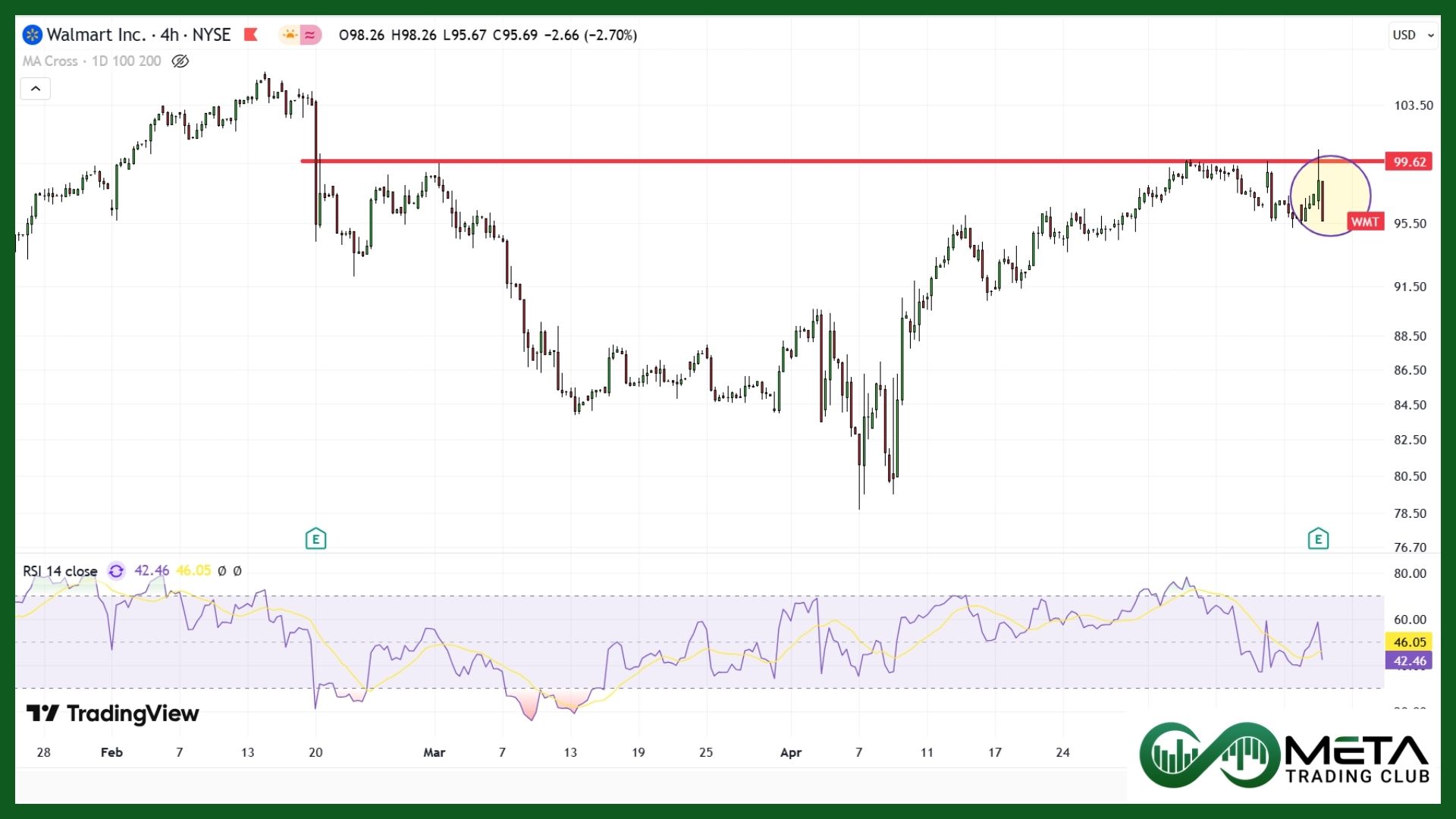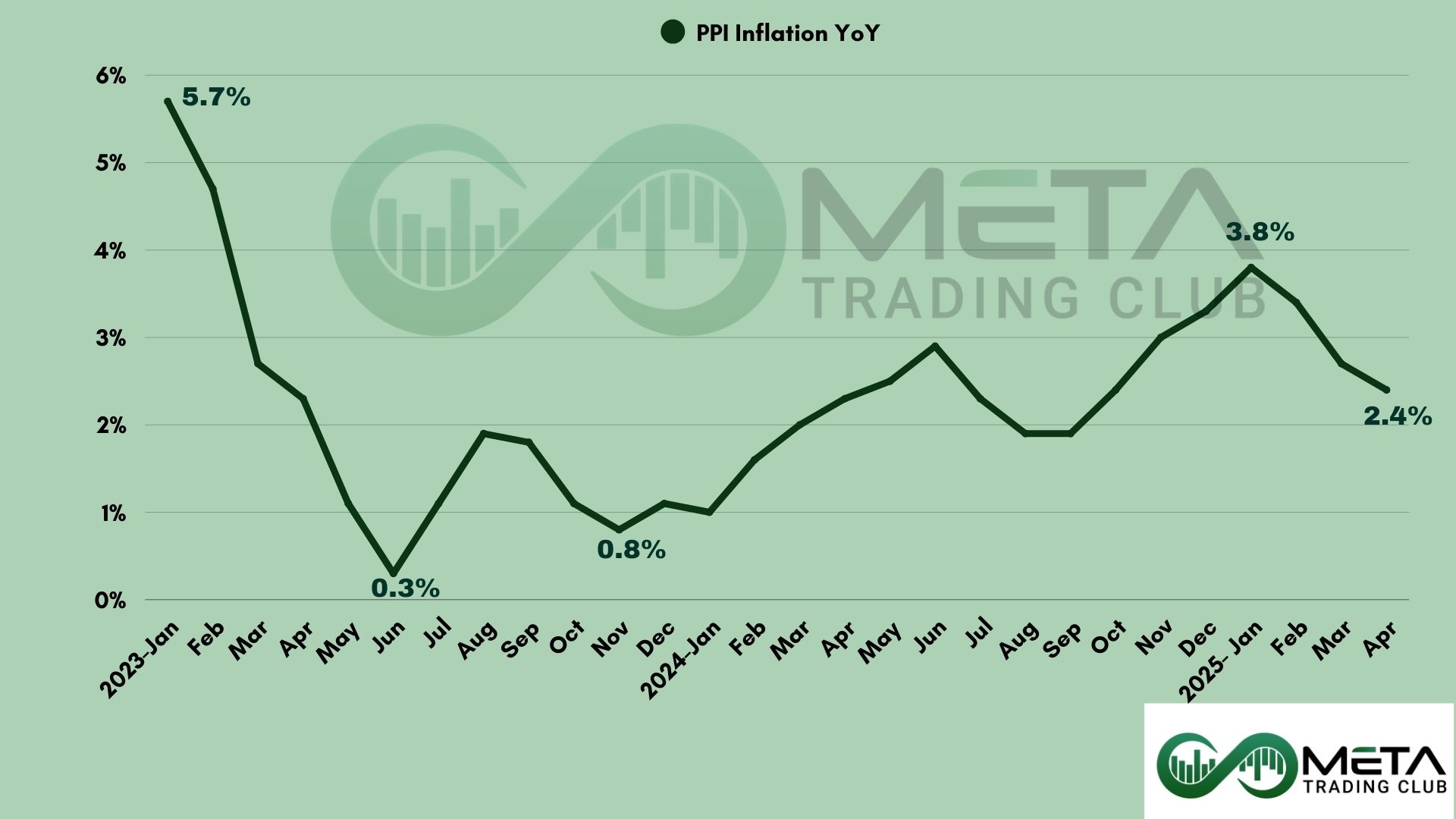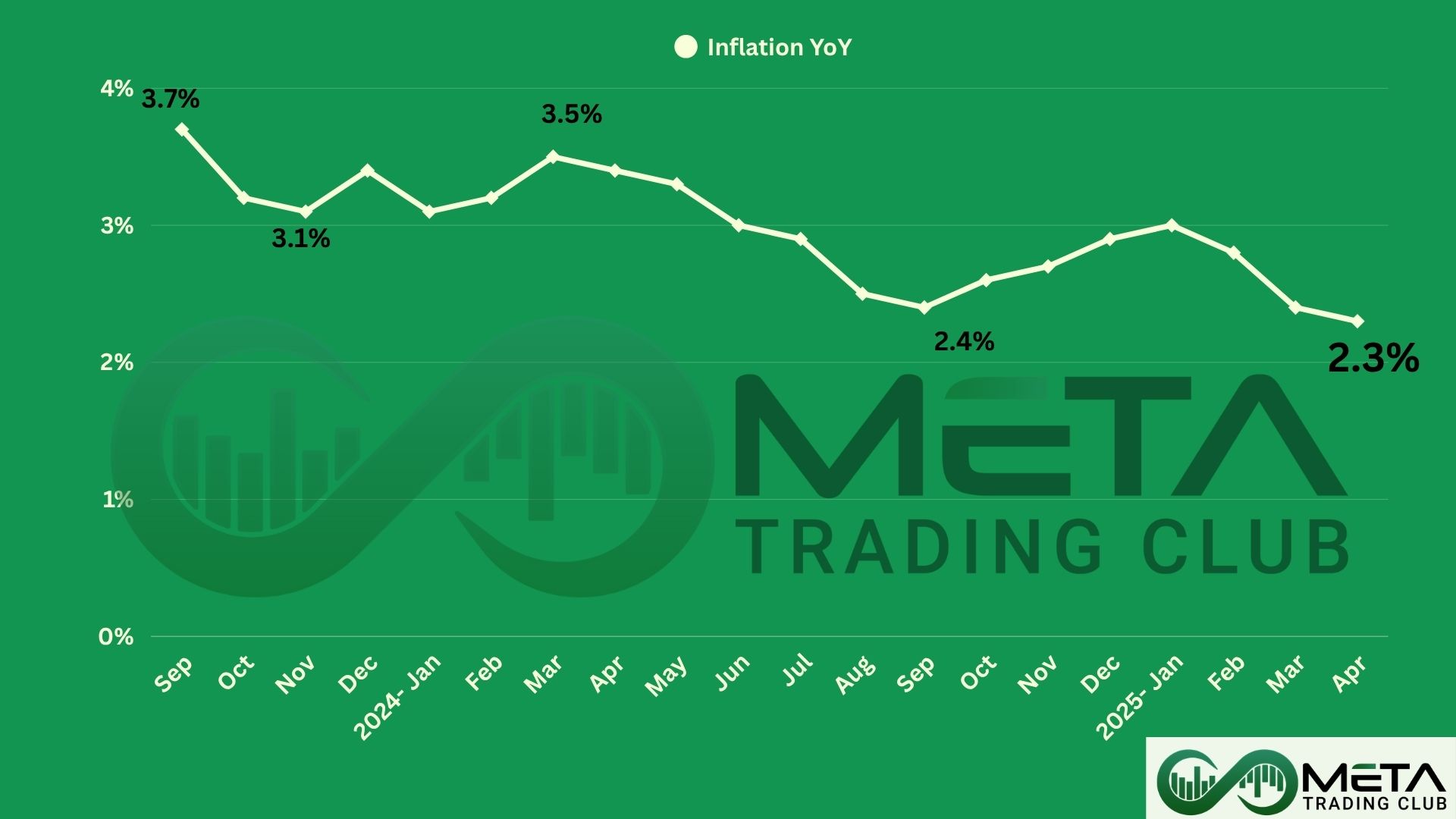Walmart is one of the biggest retail companies in the world, offering affordable prices and a variety of products. It started in 1962 when Sam Walton opened the first store in Arkansas, and it has since grown into a global business with thousands of locations. Walmart works hard to keep prices low by managing its supply chain efficiently. The company also operates Sam’s Club and has expanded into online shopping to stay competitive in the digital world.
Besides selling products, Walmart focuses on helping communities and protecting the environment. It invests in clean energy, reduces waste, and ensures its products come from responsible sources. The company also provides jobs for millions of people and supports education and career growth. Even though Walmart has faced criticism for its size and labor practices, it continues to shape the retail industry and adapt to changes in technology and customer needs.
Walmart Fiscal Q1 2026
Walmart (WMT) reported steady growth in revenue and profit for the first quarter. Its online sales worldwide grew by 22%, with more customers shopping digitally. In the U.S., Walmart’s sales increased by 4.5%, especially in health, wellness, and grocery products. Looking ahead, the company expects sales to grow by 3.5% to 4.5% in the second quarter. Its long-term forecast for 2026 remains the same as before.
Highlights:
- Revenue: $165.6 billion, up 2.5% ()
- Online sales: Increased by 22%, driven by store pickups, deliveries, and marketplace sales
- Advertising revenue: Grew 50%, including Walmart Connect in the U.S. (up 31%) and contributions from VIZIO
- Membership income: Rose 14.8%, boosting total membership and other income by 3.7%
- Gross margin: Improved, contributing to a 4.3% increase in operating income
- Leap day impact: Some financial effects from lapping an extra day in the previous year
- Debt raised: $4 billion in long-term debt secured at favorable rates for general corporate purposes
Outlook
Second Quarter Fiscal 2026: Walmart expects sales to increase by 3.5% to 4.5%, building on Q2 FY25 sales of $167.8 billion. The acquisition of VIZIO will slightly boost growth.
Fiscal Year 2026: The company’s forecast is based on FY25 figures, including $674.5 billion in total sales, $29.5 billion in adjusted operating income, and an adjusted earnings per share (EPS) of $2.51.
Boards Statements
Doug McMillon, President and CEO of Walmart, stated that the company had a strong first quarter despite a dynamic operating environment. He highlighted Walmart’s ability to serve customers and members in various ways, which continues to drive growth. McMillon emphasized that the company is well positioned, maintaining flexibility to manage short-term challenges while investing in long-term value creation.
Impact on the Stock Market
Walmart’s latest earnings report had a mixed impact on its stock performance.
Walmart beat earnings expectations, reporting 61 cents per share, slightly higher than forecasts. However, its revenue of $165.61 billion came in just below estimates of $165.84 billion. Notably, Walmart achieved profitability in its e-commerce business for the first time. Despite this, concerns over tariffs and rising costs have created uncertainty, which could pressure profit margins and affect stock movement.
Overall, Walmart remains financially strong, with a market capitalization of $774 billion, but investors are watching closely to see how the company navigates economic challenges and pricing pressures.














